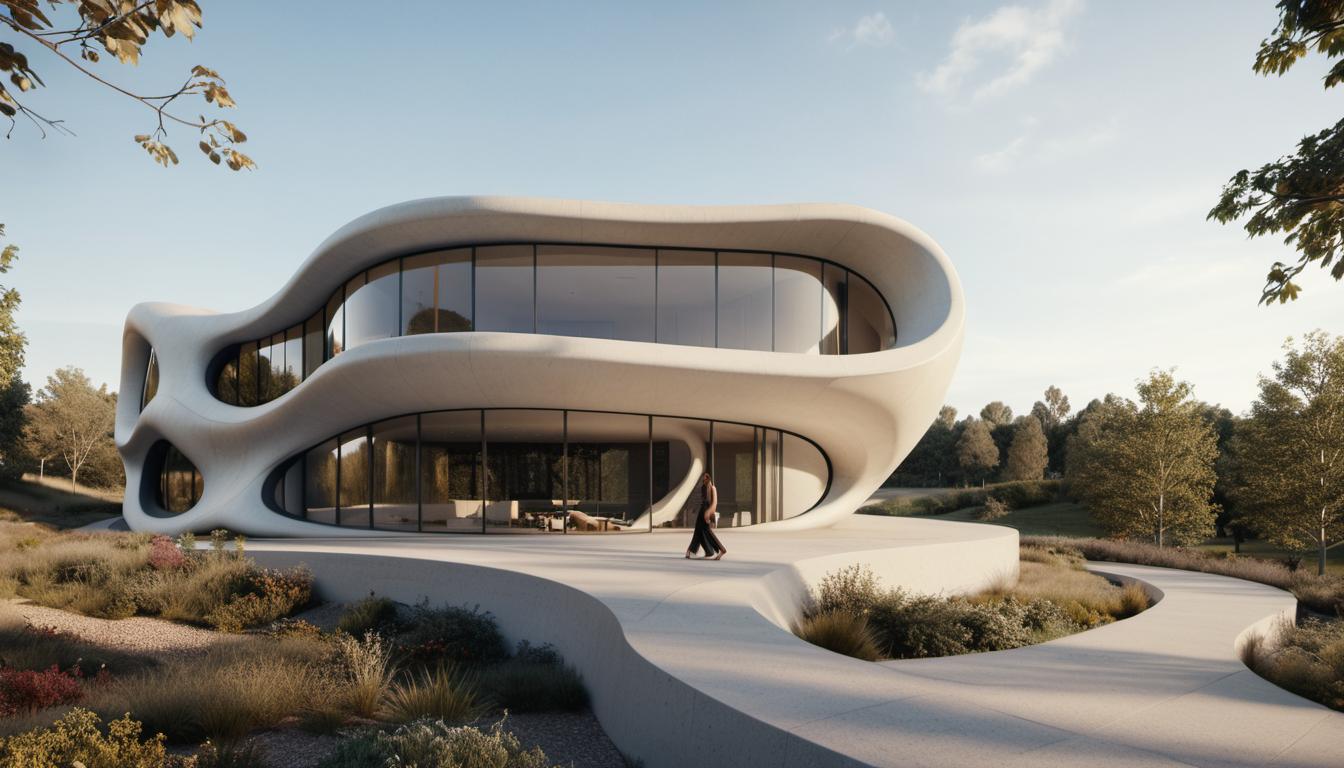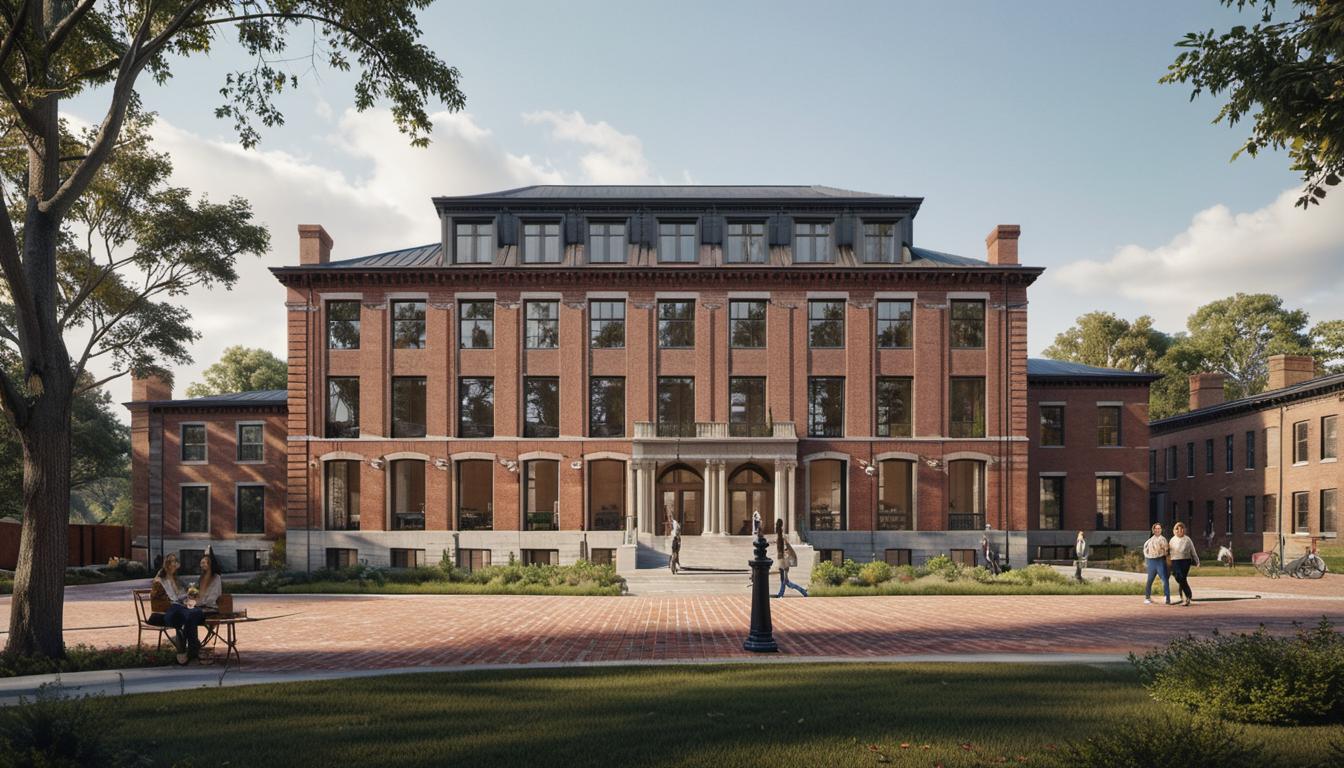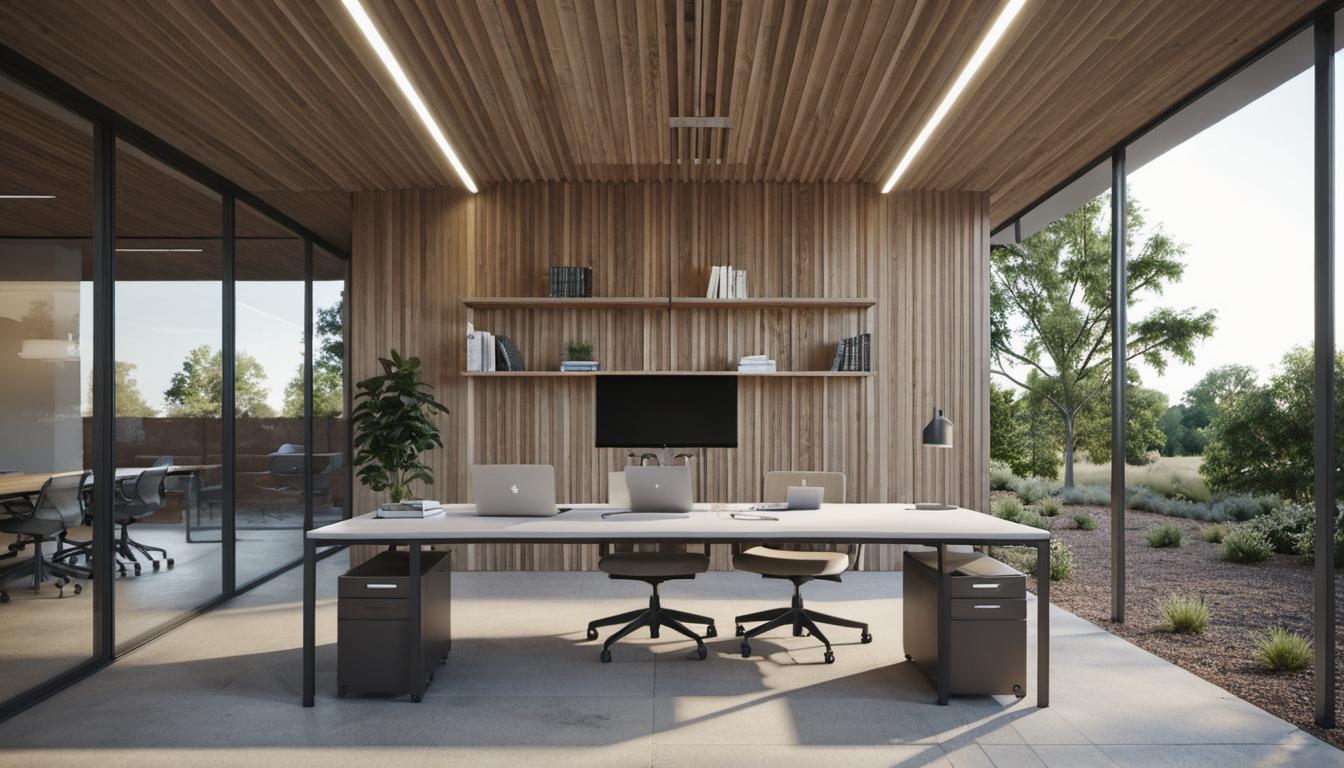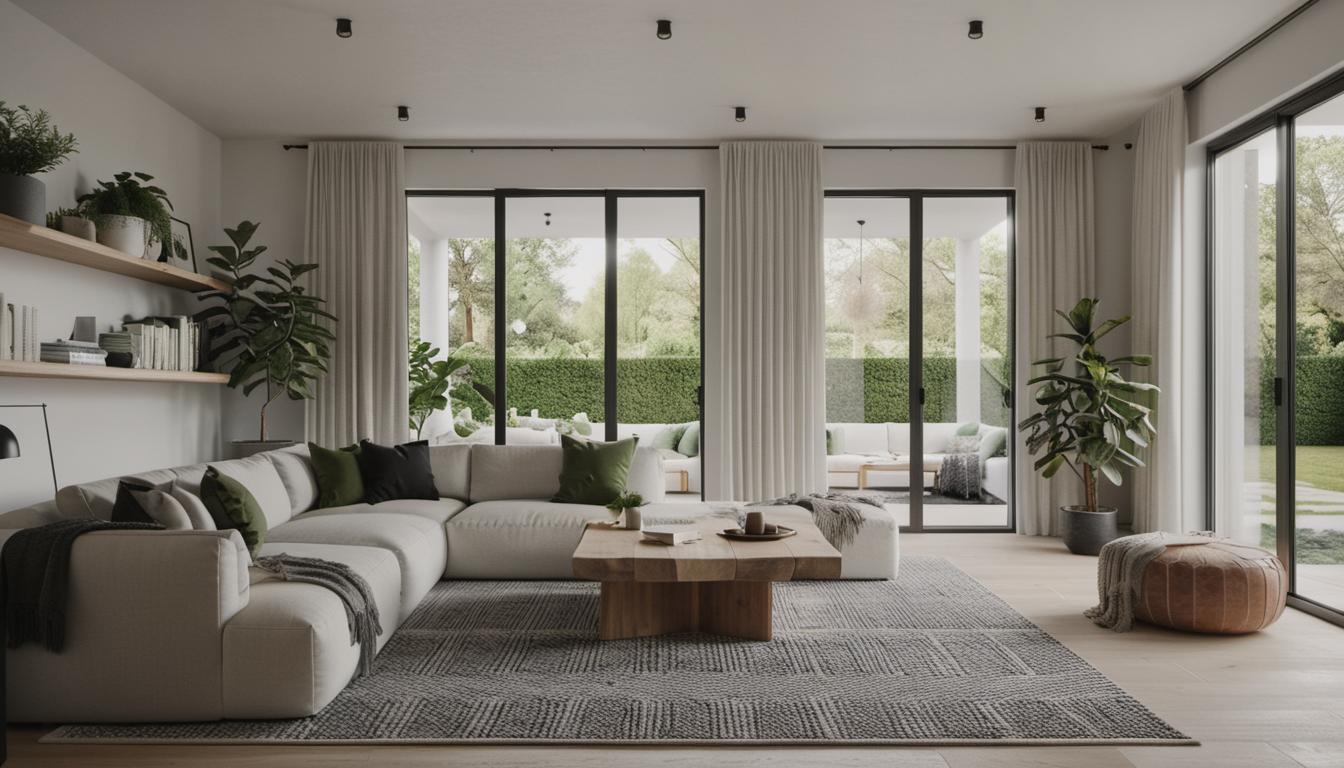Zaha Hadid Architects & Their Distinctive Approach to Photorealistic Design
Meet Zaha Hadid Architects (ZHA), a global forerunner in the architecture field renowned for its unique and fluid visual language that seamlessly ties in with fashion, design, and jewelry. This distinctive style primarily stems from their proprietary use of rendering software which allows them to create photorealistic designs from the get-go. This practice effectively strays from traditional architectural processes where photorealism is usually an end-phase concept.
The Role of Technology in The Design Process
Technology sits at the heart of ZHA’s operations, silently driving their innovative designs. The firm has been quick to adapt to cutting-edge design software, a culture instilled by the late Zaha Hadid in the ’90s and ardently maintained under current Principal Patrik Schumacher’s stewardship. Key tools in their design kit include Grasshopper, virtual reality systems, and V-Ray.
Softwares & Applications in Workflow
The firm’s design and architectural rendering process relies heavily on an array of software applications such as Maya, Rhino, 3ds Max, Autocad, Revit, and Catia. These tools are instrumental in planning construction while V-Ray takes center stage in architectural rendering. With the capabilities of V-Ray, projects are brought to life, showcasing the team’s design prowess in full technicolor.
The Impact of Virtual Reality in Their Architecture Workflow
VR technology is another powerful instrument in ZHA’s tech stack. With its aid, the architects can work around the constraint of creating physical models by manipulating the scale of virtual buildings. The firm has even established a dedicated Virtual Reality Group, recognizing VR’s monumental potential in the field of architecture.
Incorporation of Grasshopper in the Design Process
Grasshopper, a visually-driven program built within Rhino software, is another key tool that boosts the creativity and efficiency of ZHA’s design process. The software fosters a more inclusive design environment, allowing every team member, irrespective of their programming skills, to contribute to the design process. By developing automated design production scripts, the firm utilizes the software to its full potential.
Incorporation of Grasshopper in the Design Process
Grasshopper, a visually-driven program built within Rhino software, is another key tool that boosts the creativity and efficiency of ZHA’s design process. The software fosters a more inclusive design environment, allowing every team member, irrespective of their programming skills, to contribute to the design process. By developing automated design production scripts, the firm utilizes the software to its full potential.
The Use of Data-Driven Design & Advanced V-Ray Features
ZHA leverages the power of data-driven design, employing the latest V-Ray features like procedural textures and distance textures. These complex features allow enhancement to details in the rendering process using abstract objects. This approach provides an unprecedented level of flexibility, allowing for intricate detailing in the final stages of design rendering.
Real-Time Ray-Traced Rendering & The Future of Design Technology
One of the extraordinary realms ZHA is venturing into is real-time ray-traced rendering. This promising technology can deliver immediate semi-photorealistic results while a design is still in process, showcasing the future of architectural design tech.
Role of AI in The Design Process
ZHA actively exploits AI text-to-image programs such as DALL-E 2, Midjourney, and Stable Diffusion in their design process. These cutting-edge AI programs provide initial blueprints for the projects, making it possible to generate multiple design alternatives swiftly.
FAQs About Zaha Hadid Architects and Their Rendering Software
What rendering software is used by Zaha Hadid Architects?
ZHA uses a suite of software applications for designing and architectural rendering, which includes Maya, Rhino with Grasshopper, 3Ds Max, Autocad, Revit, and Catia. For architectural rendering, they primarily use V-Ray.
How does Zaha Hadid Architects include technology in their design process?
ZHA has seamlessly incorporated photorealism into the initial design process, a departure from the traditional practice in architecture. They use parametric design software, Grasshopper, and VR technology to create a tangible sense of their plans from the beginning.
What is the role of Virtual Reality (VR) in Zaha Hadid Architects’ work?
ZHA has a dedicated Virtual Reality Group, allowing them to manipulate the scale of buildings in a virtual environment. This eliminates the need for physical models, enhancing efficiency in the design process.
How does Zaha Hadid Architects use Twinmotion in their projects?
Quick and intuitive, Twinmotion accelerates the design presentation process for ZHA. The Twinmotion software empowers the team to give more focus to the finishing touches of a project while easing client and management presentations.
How is AI incorporated into the design process of Zaha Hadid Architects?
ZHA leverages AI text-to-image programs to generate initial design ideas. Encouraged by Patrik Schumacher, the firm’s principal, AI has become a significant player in the design process at ZHA.






